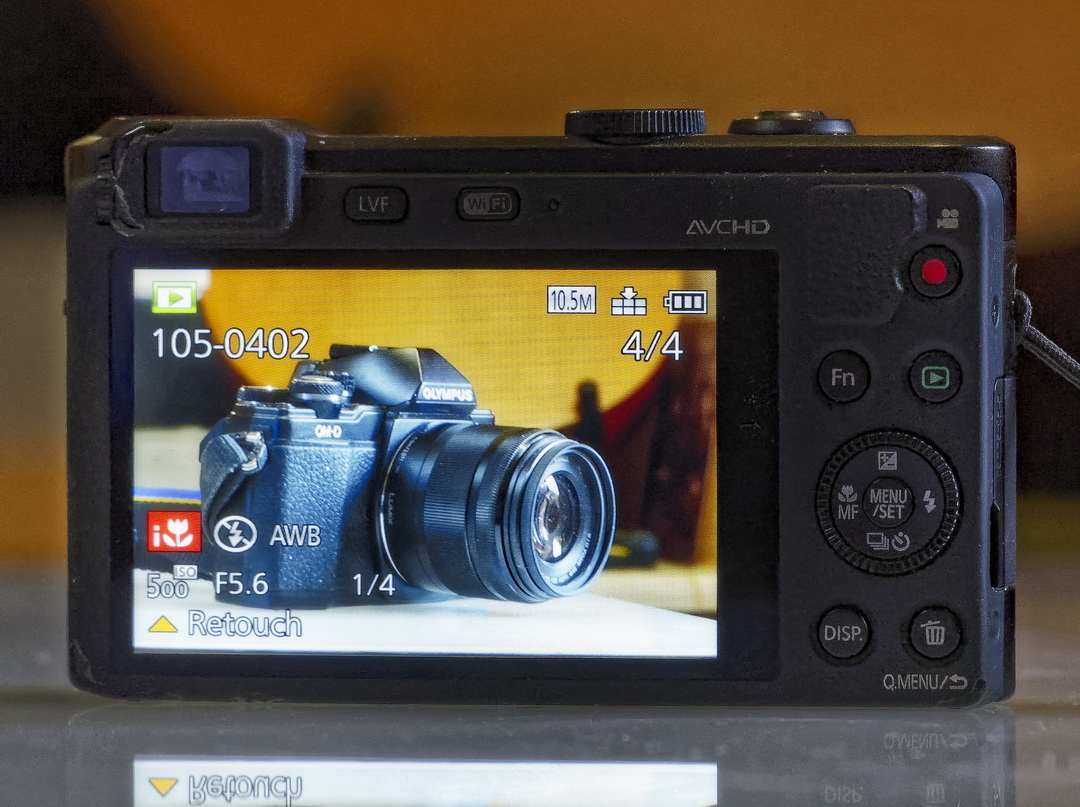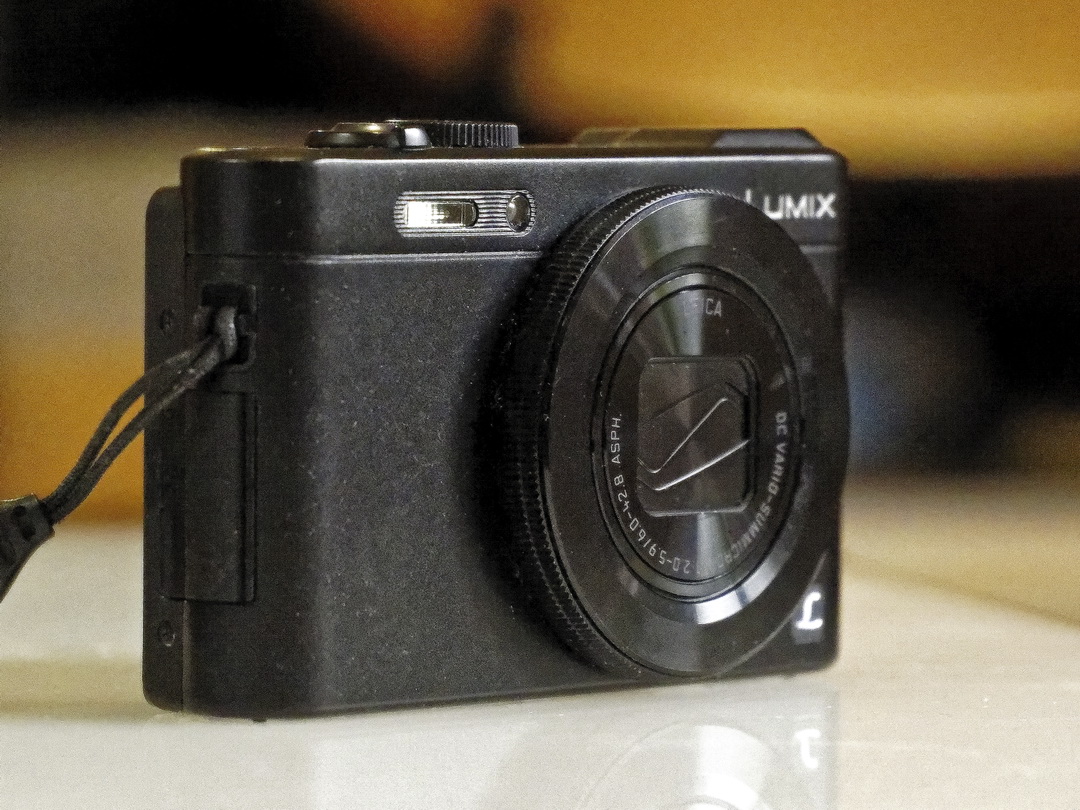Less is More
Well these are very strange times to say the least. For photographers. whether enthusiast or professional, the present lockdown will have had a dramatic effect on photographic opportunities. For those lucky enough to live in an area of scenic interest, the daily exercise will mean that carrying a compact camera with you will at least allow you to keep your hand in. Those in a built-up area who are less fortunate may be more constrained, especially as social distancing may then pose more of a problem. But either way the decision about what camera to use will inevitably be made for you.
It is possible that the ubiquitous mobile phone is all that you may need with optical quality improving all of the time and the sheer convenience of being able to edit in-camera (phone) and share instantly being irresistible to some. But that will depend very much on your chosen iimage type and photographic style. Mobile phones are now able to add a reasonable mid telephoto option to the more usual semi-wide angle standard lens employed, but for those who may find that a limitation too far, then supplementing the mobile phone and upping the quality perhaps with a very small compact camera may do the trick. What is likely though is that weight and portability will be an issue which is likely to lead to the decision to overlook your previous pride and joy SLR (single lens reflex).
Anyway, to cut to the chase, although I am probably spoilt for choice, what I have found myself depending upon and enjoying using is either the tiny little Lumix LF1 pocket compact with the zoom lens equivalent to 28 to 200mm on a full frame DSLR. Or, alternatively my Olympus OMD EM10 (Mk 2) with the teeny 35 to 100 Lumix zoom attached giving the equivalent of a 70 to 200 mm lens on a fullframe 35mm camera. Other than for interiors, you will find it will cover most photographic opportunities and will encourage you to tightly frame your subject matter. In fact the lens range matches the ubiquitous 70 to 200 mm that is the favourite for most event photographers. You can of course supplement that option with your mobile phone for wide angle shooting.
The Olympus is of course a micro-four thirds camera so the sensor size is a bit smaller than the more usual APS C snsor such as employed on the Canon 7D a typical medium-high priced option for the enthusiast photographer. Most fixed lens film cameras available prior to the widespread change over to digital cameras would probably sport a 50mm lens as standard and that lens is still a popular choice as the “nifty fifty” with an SLR, and when the opportunity presents itself to resume event photography the 200mm equivalent end of the range will cover many action opportunities for rugby from the touchline for example. You may require some cropping of the image at processing stage but that would be normal for action images where sheer pressure of time rarely allows in camera framing.
Of course the cameras that I have suggested will not be the only options, you may have your own preferred model, but for me the image stabilisation of up to five stops on the Olympus will give it the edge. So remember carry a camera with you and in these troubling times motivate yourself by maintaining your hobby or profession and you may very well surprise yourself by the results you get. Remember when it comes to equipment, less can be more!


